Launching a business project with activity tracker apps is a good and profitable idea if approached properly. The application of the sort has all the chances to win the sympathy of numerous users by proving its helpfulness.
But is difficult to build fitness apps? What are the ways of combining mobile services with tracking devices? And, lastly, what should you start with?
In our article, we'll answer these and many other questions about fitness app development and describe the technologies that you might need. Feel free to read to learn all about the matter.
What is a fitness activity tracking app
The popularity of fitness apps is understandable: they allow controlling physical activity, and also entertain in the training process. And such popularity is confirmed by statistics.
According to research2guidance research, by 2020 the fitness application market will have grown by 210% to reach $31 billion (compare with the current $10 billion). If you believe the New York Times, these mobile services will soon replace health magazines and gym coaches.
Unsurprisingly, the number of those who want to repeat the success of the Finnish startup ProtoGeo is growing. Its history began in 2013 when a small team from Helsinki entered the fitness tech market with the Moves application which counts the number of steps taken and the physical exercises done. For two years, Move had been downloaded by 4 million users, and at the end of 2015, Facebook made an offer to buy it and even invited ProtoGeo to develop other Facebook services. An impressive result, right? We hope our tips will help you achieve the same success.
First of all, you should figure out the types of fitness apps and understand what activity data they collect.
- data on the run: pace, pulse, distance, etc. Such information will be useful to build fitness apps for runners. An example is Runkeeper which managed to get 34 million faithful users and earn $ 11.5 million. By the way, Jason Jacobs, CEO and the creator of the application, believes that this is not the limit, the best is yet to come.
- calorie counting. These applications are aimed at helping in the diet. Among the best apps of the sort is the Myfitnesspal service.
- sleep control. Of course, sleep can hardly be called "activity", but, nevertheless, a night of sound sleep is the basis of a healthy lifestyle.
- examples of exercises. Such services are also in demand. Among the instances is the 7 Minute Workout application which ranked first in the category of workout apps for iPad in 68 countries. The idea of the app is that the user is being demonstrated how to perform 12 basic exercises, and the training lasts only 7 minutes.
- serious health indicators. Yes, sometimes fitness apps are not limited to helping you lose weight or work out. There are applications trying to save lives. In this regard, we should mention i-Prognosis which is designed to identify the symptoms of Parkinson's disease at an early stage. The range of data i-Prognosis needs includes voice vibrations, natural shaking of hands when interacting with a smartphone, the way of entering characters on the keyboard, facial expressions, and the like. Of course, these applications are very complex and require a special approach.
A personal trainer app isn't just about collecting sport-related data. You need much more to succeed with your project. You should think carefully about the features of activity tracking apps and offer a great product. However, we'll talk about the matter later.

The example of the fitness tracker app for runners, made by our talented designers
Technologies used in fitness tracking apps
To build fitness apps, we need to use different technologies. First of all, we should have various sensors to gather the necessary information. And, of course, we should take advantage of APIs to process the received data for creating a fitness application.
Let’s consider everything in order.
API
So, what API options do we have when it comes to fitness app development?
HealthKit and Google Fit
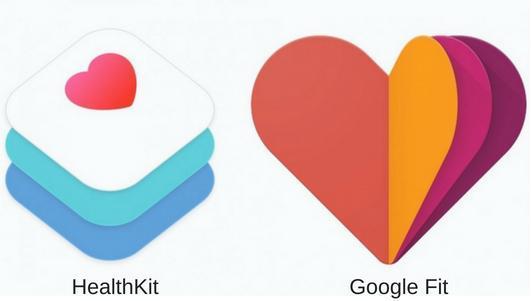
In fact, this is one of the most obvious and simple ways to create a workout application without unnecessary hassle. Taking advantage of APIs that Apple and Google so kindly provide developers with, you get access to user activity data stored in the HealthKit and Google Fit databases.
Fit bit
In fact, Fitbit is a manufacturer of tracking devices. In addition, it has its own application which works in tandem with "smart" bracelets. However, the company also supports integration with third-party workout and exercise apps and offers the Fitbit API for these purposes.
Among the best fitness popular apps that use the Fitbit API, we can note My Fitness Pal, Lose it, Digifit, SparkPeople, Balance Rewards, My Fit League, and others. Why not join their ranks?
Lumo
As in the previous case, Lumo is a gadget maker. The most popular positions are Lumo Lift and Lumo Back, special devices to adjust and control posture. There is a special application to interact with them, however, third-party services can use the data received by these tracking devices too.
Strava
Strava is a service helping to track activity with mobile devices. It has its applications, a site, and a database with saved workouts. Also, developers are allowed to take advantage of the Strava V3 API to access the mentioned database with all its information. The API is free to use and very reliable. Moreover, Strava is constantly working on its improvement. This very API you can use to build fitness apps.
Withings
The famous company Withings is best known for its scales, a tonometer, and a healthy sleep complex named Aura. Do you want to get API? Then just declare yourself the Withings developer.
Jawbone UP
Jawbone UP can track the number of steps taken during the day, measure activity during a sleep period, and so on. Of course, there is its own mobile program, but the company is ready to provide SDK and API for creating a fitness application based on the data received by the tracker.
Garmin
We think you've heard a lot about Garmin gadgets, they are incredibly many, and the list is constantly growing. And you can fully use the provided SDK to make a fitness workout app able to work with these devices.
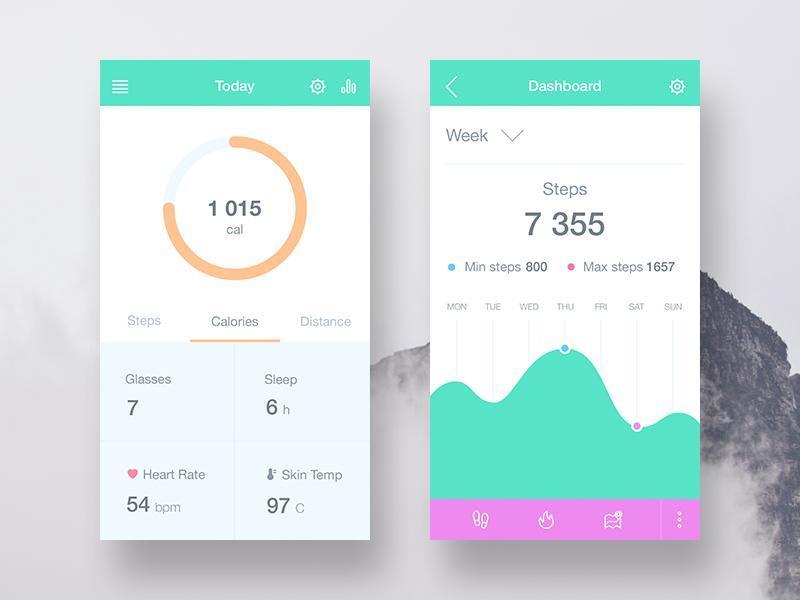
Take a look at the fitness tracker app concept offered by our designers. It allows you to follow the statistics of your sports successes
There are other options to build fitness apps too, we’ve described only the most popular ones.
Hardware
And now let's talk about hardware - all sorts of sensors, which will help you get information about the activity of a user: his movement, sleep, the rhythm of breathing, heart activity, etc.
Gyroscope and Accelerometer
The gyro is a device that reacts to changes in the angles of the orientation of the body on which it is mounted. An accelerometer is a device designed to measure apparent acceleration.
Among users, there is an opinion that the gyroscope is the same accelerometer. But it’s not true - the purpose of the accelerometer is to track the turns of the unit in space. On the other hand, the gyro keeps track of the movements of the phone (or another device) in space, the speed of movement, and determines the sides of the light. In general, we can say that the functions of these two devices are similar, and the gyro sensor is like an improved accelerometer.
The purpose of these sensors for fitness app development is clear: they help to control the movement of the body, and such controlling is an integral part of any kind of workout process.
GPS
Well, that's pretty clear. GPS sensors help to track the location of a specific object (say, your smartphone) - and such information will be very useful if you want to make workout fitness tracking apps for runners, cyclists, and hikers.
To find out all about the GPS feature, read our article about location-based mobile app development.
Barometric altimeter
A barometric altimeter serves to determine the altitude above sea level.
To be precise, the principle of the barometric altimeter is not to measure altitude as such; it's about measuring atmospheric pressure. After all, we all know that with increasing altitude, the current atmospheric pressure decreases.
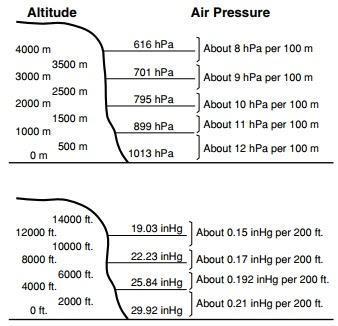
If we are talking about activity tracker apps, then these sensors are useful to create mobile services for those who prefer mountain sports or, supposedly, who like climbing stairs.
Sensors to measure body temperature
Sports activity is inevitably associated with sweating, in other words - with an increase in body temperature. These data would obviously come in handy for creating a fitness application. So why not make use of sensors to determine body heat release?
Heart rate monitor with an optical sensor
Now we’re talking about sensors, which measure the heart rate through the skin with a light ray. By the blood pulsation, the frequency of contraction of the heart muscle is being calculated. The best optical pulse meters are traditionally integrated into a wristband.
These pulse monitors are popular among athletes and fans of outdoor activities. And, of course, these devices should work together with a fitness tracker app.
Bioimpedance sensors
These sensors are passing weak current pulses through the user's body. The resulting indicators are an analysis of the body composition expressed in percent and kilograms (body mass index, a percentage of fat and muscle mass, amount and distribution of fluid in the body, cellular metabolism, and so on).
Skin galvanic reaction sensors
Such a sensor is helpful if it is necessary to determine the stress degree by measuring body temperature and sweating.
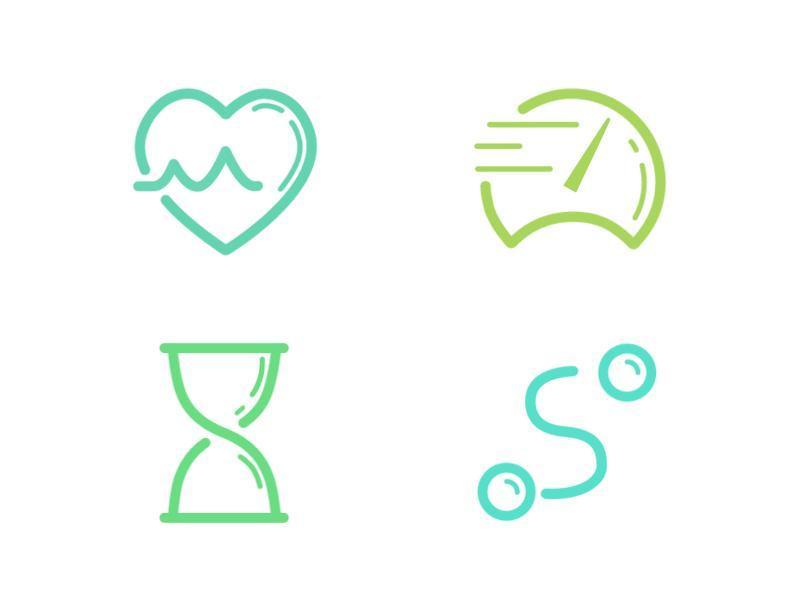
Now you have all the information you need about fitness app development. It's time to talk about an equally important subject, namely…
Features of fitness apps
- Creating Accounts. The obvious step, isn’t it? Yeah, first of all, the user needs to sign in. Of course, you should provide several ways to log in:
- by email and password;
- by phone number and SMS;
- through the account in social networks. By the way, we described the reasons why use auth0.
- Social Integration. We agree; it's nice to share your sporting successes with friends and relatives! That's why you have to give your users such a wonderful opportunity. All you need to do is to integrate social networks. Then users would be able to publish on their Facebook and Twitter pages posts relating to your activity tracker app. These posts can become an additional promotion channel, too. It's not so bad too, isn't it?
- User Profile. Each user must have a profile with all the information about:
- his personal data (name, sex, age, etc.);
- his activities with the right of free access to the data;
- the profile settings, which make the process of using the fitness workout app more user-friendly
- payment details (they are needed to make a paid subscription or buy premium features)
- Dashboard. Of course, it would be interesting and helpful for the user to know how effectively his current day is passing. Therefore, we offer to supplement the list of features of activity tracking apps with Dashboard which allows displaying the user's daily activity: calories burned, steps taken, etc. It is best that these data are presented in the form of bright infographics.
- Notifications. It is desirable that the fitness workout app should send the user different kind of notifications from time to time. However, we'll mention the issue in more detail a little later.
- Goals. To achieve the best results, one needs to set the right goals - and your workout application should provide users with such an opportunity. If you need inspiration, we suggest looking at an example of the app concept below (our designers created it).
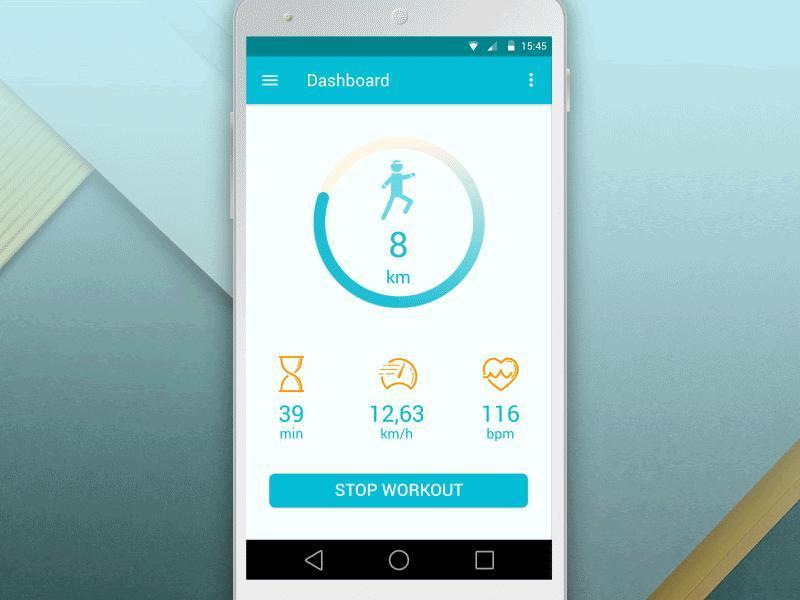
- Gamification. Successful workout and exercise apps are those which entertain the user (in addition to completing the main function, of course). Therefore, we advise you to think about the gamification factor. Take a look at the following concept, created by our designers, it demonstrates a personal trainer app that encourages competition between users.

- Integration with Wearable Tracking Devices. The feature allows you to get data about user activity.
- Activity Tracking. Sometimes it's enough to have a smartphone to get the data needed. Look at the option our designers offer, namely - the heart rate visualization for workout apps.

- Geolocation. We've already mentioned geolocation, remember? But, arguing about the features of fitness apps, it’ll not be superfluous to mention the issue again. And we're happy to illustrate our words with a bright concept our specialists created:
![]()
These features of activity tracking apps will be enough to run the MVP model. In the future, you can extend the functionality of your workout application with new possibilities.
7 tips to build fitness apps
Now we’d like to give you a few useful tips on creating a fitness application. Let's go!
#1. Help users declare their goals publicly
Such an opportunity stimulates the user to really achieve the set goals - and having achieved them, he'll appreciate your fitness workout app much more.
There are different ways to declare the goal publicly, including on social networks. And if you really choose social networks, help the user to illustrate his goal and provide him with the "Share with friends" button. However, don’t forget to take into account the privacy factor. The user must decide for himself what to share.
#2. Availability of data and editable profile
A person should be able to add some information himself, manually. It'll allow him to get a more complete picture of his activity and, therefore, will serve as one more reason to regularly use his personal trainer app.
#3. your Progress vs. Goals
Another good way to stimulate the user to exercise more actively (and, accordingly, to use a workout application more often) is to provide access to statistics, which visualizes the user's achievements in comparison with the goals set. We took advantage of this technique in the fitness app development and found its effectiveness: in our case, the data for the year are contrasted with the goals, so that users can evaluate their productivity.
#4. Use notifications as additional motivation
Let's admit: we are all a bit lazy by nature. So it'll be smart to provide an activity tracker app with notifications that reproach the user if the latter skips his sports activities. Of course, do not be aggressive, not everyone will like it. But a little humor won't hurt!
![]()
#5. Think about a rewards system
The global goal (say, to lose weight by 20 kg) is a good thing. But sometimes it takes too much effort to achieve the desired result. We suggest you brighten up such a tedious route to the goal. It's quite simple: think up a reward system for any user’s achievements, even the most insignificant ones. You can combine it with the gamification element. For example, the fitness tracker app named Tep works like Tamagotchi: the user is encouraged to take care of the “pet” and make sure that it won't be starved to death. "Food" to feed a small giraffe can be bought for special coins which the user gets when showing certain sporting successes.
#6. Fitness apps design
It's very important, more important than you can imagine. Without an excellent design, even the most thoughtful functionality won't produce the proper impression. In our article, we have given worthy examples of the application interface - you must agree that such workout apps will certainly attract the users' attention.
#7. A well-thought-out monetization system
Of course, you're creating a fitness application to earn on it, no doubt. However, you need a thoughtful approach, otherwise, you risk angering your user.
What should be considered?
- If you use in-app advertising, make sure that your ads are not too intrusive;
- if you prefer a freemium model, then a free version of the activity tracker app should also be decent and useful;
- do you offer paid extra features of fitness apps? Let such features be really interesting. And don't push the prices!
Summary
Let's sum it up. What should you do to create an activity tracker app?
- The main idea. As you've already understood, there are many options to build fitness apps
- Choosing the right technology and the analysis of the necessary hardware
- Search for a company to implement the fitness app development
- Consultation with chosen specialists and coordination of all project details
- Getting down to business.
And, of course, we'll be happy to become your contractors. We have a great experience in mobile development, among the projects we've executed, there is an instance of a fitness tracker app.

